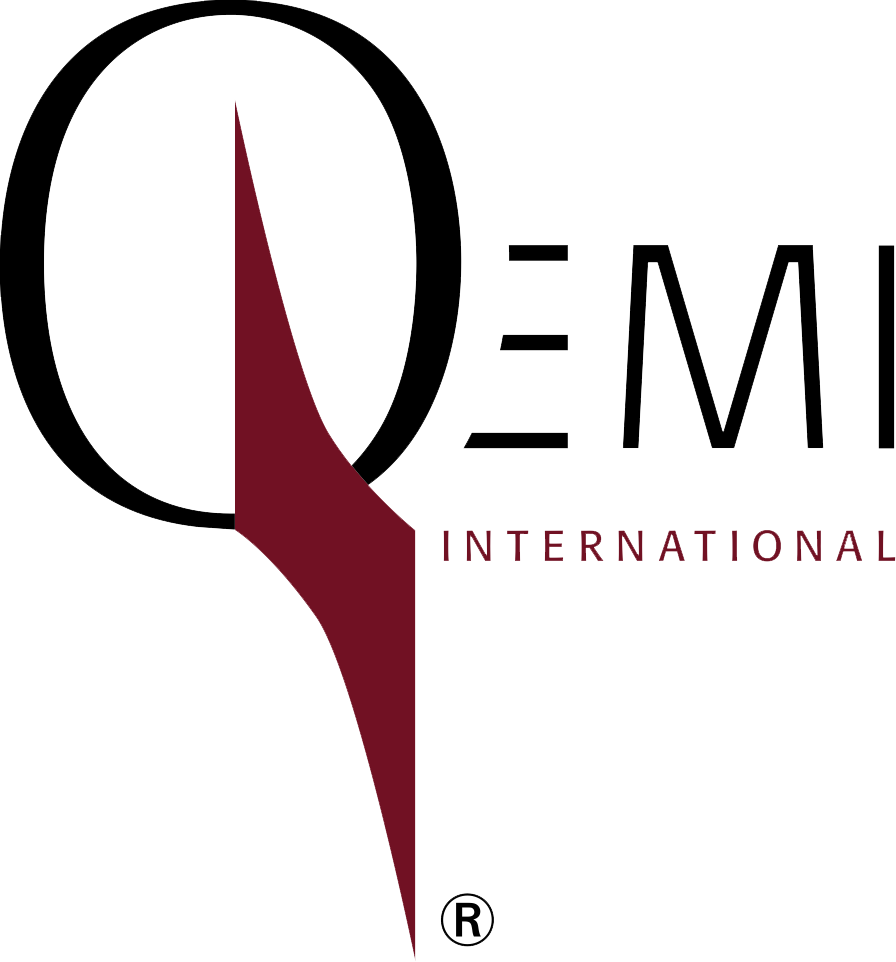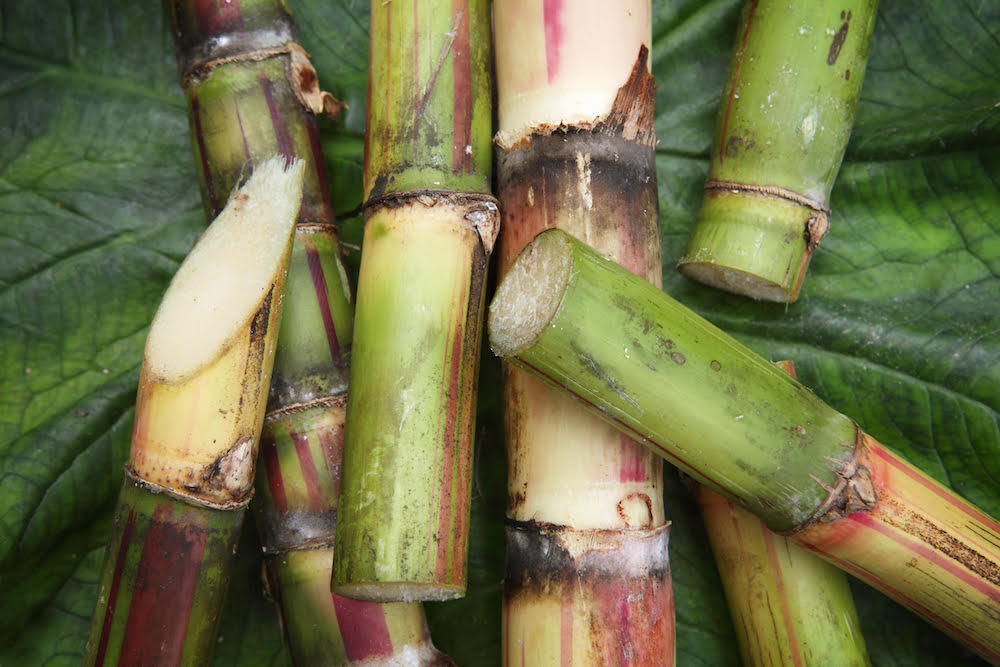Exactly How Walking Stick Sugar Handling Chemicals Improve Sugar Top Quality and Return
The role of handling chemicals in walking cane sugar production is crucial, as they straight influence both the top quality and yield of the last product. The incorporation of turned on carbon and enzymes offers to enhance the breakdown of complicated sugars, ultimately leading to a purer and higher-quality sugar.
Review of Cane Sugar Handling
Walking stick sugar handling entails a series of vital actions that transform raw sugarcane right into refined sugar products. The procedure starts with harvesting, where mature sugarcane stalks are reduced and carried to refining facilities. Upon arrival, the walking cane undergoes cleaning to remove contaminations such as dirt and plant materials.
Complying with cleaning, the walking cane is squashed to remove the juice, which consists of sucrose - sugar and cane. This juice undergoes clarification, where lime and warmth are used to eliminate continuing to be pollutants and non-sugar elements. The clarified juice is then vaporized to concentrate the sugar material, leading to the formation of thick syrup
Following, the syrup is taken shape through a controlled cooling procedure, causing sugar crystals. These crystals are divided from the remaining syrup in centrifuges. The raw sugar acquired is typically brown because of recurring molasses web content. To achieve refined sugar, additional purification steps are applied, including cleaning, re-crystallization, and drying out.
The final product is either packaged as raw sugar or even more processed into white sugar, catering to different consumer and industrial needs. This detailed collection of steps guarantees the production of top notch sugar, necessary for countless applications in food and drink markets.
Secret Processing Chemicals Made Use Of
The manufacturing of polished walking cane sugar counts on numerous handling chemicals that play considerable functions at different phases. Amongst the most vital are lime (calcium hydroxide), phosphoric acid, and sulfur dioxide. Lime is mostly utilized during the clarification phase to counteract acidity and precipitate contaminations, resulting in a clearer juice. This step is vital for enhancing the general high quality of the drawn out juice.
Phosphoric acid offers a dual objective; it improves the clarification procedure and helps in the elimination of color-forming compounds, adding to a higher pureness of the end product. Furthermore, sulfur dioxide functions as a lightening agent, permitting the efficient elimination of unwanted pigments and boosting the color of the sugar.
Various other remarkable chemicals include turned on carbon, which is employed for additional decolorization, and enzymes that assist in the break down of intricate sugars into less complex forms, hence improving return. The careful choice and application of these handling chemicals are crucial for enhancing the efficiency of sugar removal and refining procedures, eventually bring about a more constant and better sugar product.

Effect On Sugar Quality
Exactly how do processing chemicals influence the quality of refined sugar? The introduction of numerous chemicals in the walking cane sugar handling stage substantially improves the purity and general quality of the final item.
In addition, the usage of turned on carbon and ion-exchange resins during the refining procedure plays a crucial duty in getting rid of off-flavors and unfavorable odors, adding to the sugar's sensory account. This refinement not only boosts the organoleptic and aesthetic high qualities but additionally boosts the service life by minimizing microbial task connected with impurities.
Additionally, the exact application of these chemicals guarantees that the sugar exhibits a regular grain size and flowability, which are important attributes for both commercial applications and consumer preferences. Overall, the critical use processing chemicals is essential in achieving high-quality polished sugar that meets market criteria and consumer assumptions.

Enhancing Return Efficiency
Enhancing yield performance in walking cane sugar processing involves enhancing different phases of manufacturing to make the most of the quantity of sugar removed from raw walking cane. One crucial element is the choice and application of proper handling chemicals, which can facilitate the break down of cell walls and improve sugar launch throughout site removal. Chemicals such as enzymes and acids play an essential duty in this procedure by hydrolyzing polysaccharides and liquifying contaminations, thereby improving the overall extraction efficiency.

Regular surveillance and adjustment of handling parameters are important to preserve performance throughout production (sugar and cane). By using these techniques, sugar manufacturers can not only boost the quantity of sugar acquired but likewise lower waste and lower manufacturing costs, contributing to an extra profitable and lasting sugar handling operation
Benefits for Customers and manufacturers
Cane sugar processing chemicals supply substantial advantages for both manufacturers and customers, developing a more efficient and sustainable market. For producers, these chemicals improve removal procedures, causing greater returns and boosted sugar top quality. By maximizing the filtration and formation phases, they reduce waste and increase overall productivity, which can considerably reduce production costs. This efficiency allows producers to remain affordable in an international market identified by rising and fall rates and need.
The enhanced quality of sugar translates to far better taste and uniformity in food products. Additionally, learn the facts here now the use of handling chemicals can lead to an extra stable supply of sugar, mitigating lacks and rate spikes that can take place due to environmental elements or market variations.
Final Thought

The role of processing chemicals in walking cane sugar production is critical, as they directly influence both the high quality and yield of the last product (sugar and cane). The incorporation of triggered carbon and enzymes serves to maximize the breakdown of complex sugars, eventually leading to a purer and higher-quality sugar.Walking cane sugar processing involves a collection of critical actions that transform raw sugarcane into polished sugar products.Enhancing return efficiency in cane sugar read review processing includes maximizing various phases of manufacturing to maximize the quantity of sugar drawn out from raw walking cane.Cane sugar handling chemicals play a critical role in boosting both sugar quality and yield
Comments on “The Rich History and Origins of Sugar and Cane Around the World”